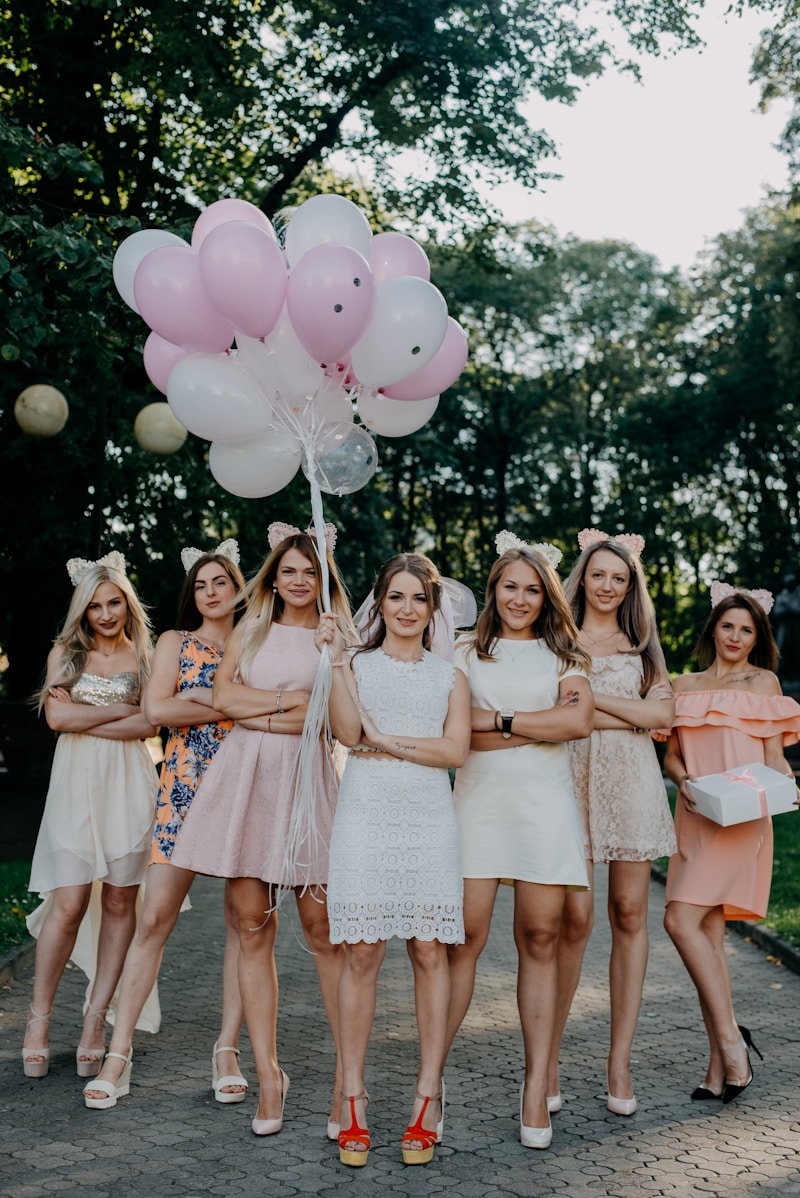Evaluating the Condition of Used Wedding Dresses: A Comprehensive Guide
Buying a used wedding dress can be a beautiful way to save money while still celebrating your special day in style. However, it is important to evaluate the condition of used Wedding dresses properly to ensure you’re getting the best possible item. In this guide, we will explore how to assess a used wedding dress, what to look for, potential red flags, and tips for maintaining your dress's condition after purchase.
Understanding the Importance of Condition
Wedding dresses carry significant emotional value for both brides and their families. However, purchasing a used wedding dress comes with the responsibility of ensuring it is in a suitable condition for your big day. Evaluating the condition of used Wedding dresses involves examining various factors that contribute to the longevity and appearance of the garment.
Key Factors to Assess
| Factor | Description |
| Fabric Type | Consider the fabric of the dress as different materials age differently. Silk and satin may show signs of wear more than polyester. |
| Stains and Discoloration | Examine the dress for any stains or discoloration, particularly in areas like the hem, bodice, and underarms. |
| Seams and Stitching | Check stitching and seams for fraying or loose threads, ensuring the dress is structurally sound. |
| Beading and Embellishments | Inspect beads, sequins, and other embellishments for missing or damaged pieces. |
| Alterations | Look for signs of alterations that can affect the fit or shape of the dress. |
| Odors | Pay attention to any musty or unpleasant odors that may indicate poor storage conditions. |
How to Approach Your Evaluation
When evaluating the condition of used Wedding dresses, it’s essential to take a systematic approach. Here are key steps to guide you through the process.
1. Visual Inspection
The first step is to visually inspect the dress in natural light. This will help you identify any inconsistencies in color and texture. Use a bright light or take the dress outside to get a better look.
2. Check for Stains and Marks
Identify any visible stains or marks, particularly on the hem or train, which are more likely to have come into contact with dirt or debris. Common stains can include those from makeup, food, or even bodily fluids. Don't forget to ask the seller for details about any existing marks.
3. Examine All Aspects of the Dress
Look closely at the seams, zippers, and closures. Ensure they operate smoothly and that there are no signs of damage. A faulty zipper or a frayed seam may require repairs, which can increase your costs unexpectedly.
4. Feel the Fabric
Gently run your fingers over the fabric to assess its texture. A compromised dress will often feel rougher or appear to have pilled areas. Take note of any rough spots that may indicate improper storage or wear.
5. Assess Fit and Sizing
Understand that sizes can vary significantly between designers and even among different Wedding dresses from the same designer. Always try on the dress if possible or check the sizing guidelines carefully if purchasing online.
Potential Red Flags to Watch Out For
While evaluating a used wedding dress, be mindful of potential red flags. Here are some indicators that may suggest a dress is not worth your investment.
1. Unclear Origin
If the seller cannot provide details about the origin of the dress, this may be a warning sign. Knowing the dress’s history can help you understand more about its current condition.
2. Extensive Repairs Needed
A dress that requires significant repairs may not be a worthwhile purchase. Assess the cost of repairs versus the purchase price of the dress to determine if it makes financial sense.
3. Compromised Fabric
If the fabric feels fragile or looks faded, it may indicate that the dress won’t last long. This can be particularly problematic if you plan to preserve or resell the dress later on.
Maintaining the Condition of Your Dress
Once you have successfully evaluated and purchased your used wedding dress, consider these tips to maintain its condition:
1. Proper Storage
Store your wedding dress in a cool, dry place away from direct sunlight to prevent fading and deterioration. Use a breathable garment bag to protect it from dust.
2. Professional Cleaning
After your wedding, consider having the dress professionally cleaned, especially if you notice any stains. This will help preserve its fabric and color.
3. Avoiding Hanging
Instead of hanging the dress, consider laying it flat in a padded box. If you must hang it, ensure it is done with proper hangers that won’t put stress on the fabric.
Conclusion
Evaluating the condition of used Wedding dresses is essential for any bride looking to save money while still achieving her dream look on her special day. By understanding what to assess, keeping an eye out for potential red flags, and maintaining the dress after purchase, you can ensure that your wedding dress remains a cherished part of your memories for years to come. Remember to approach the process with care, and you’ll find a beautiful dress that suits your needs perfectly.
Finally, when searching for used Wedding dresses, you might also want to consider related terms such as “second-hand bridal gowns,” “wedding dress resale,” or “sustainable wedding options.” These keywords can provide further insight into options available and help you navigate your shopping experience.
